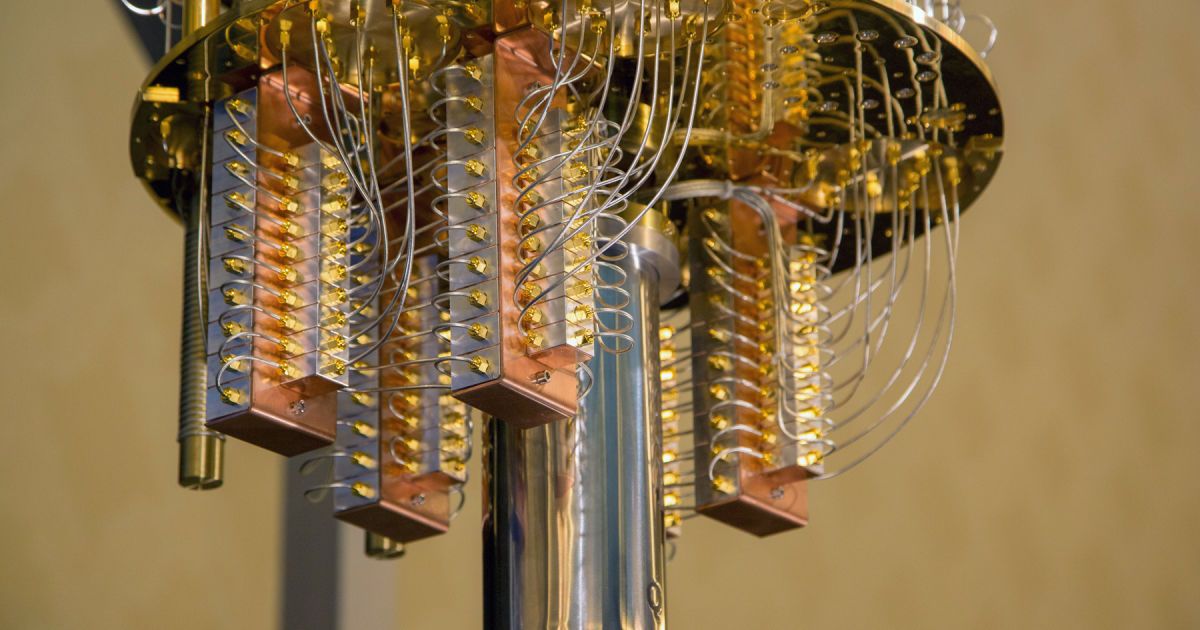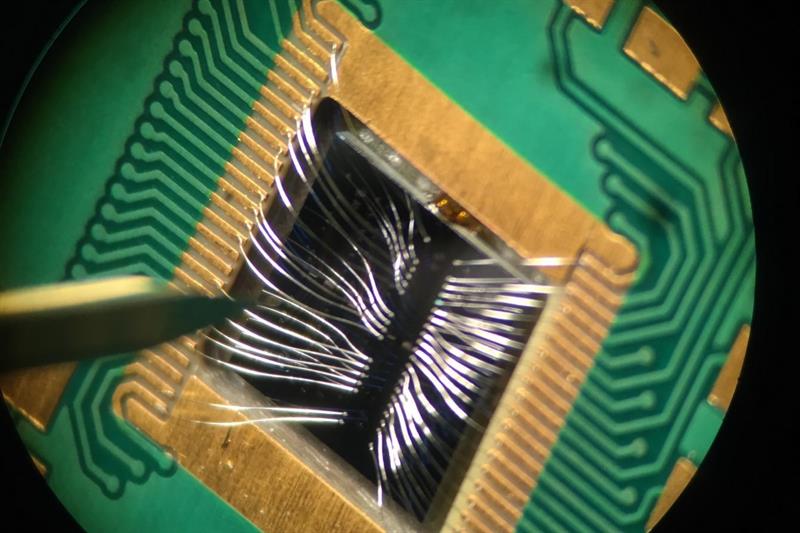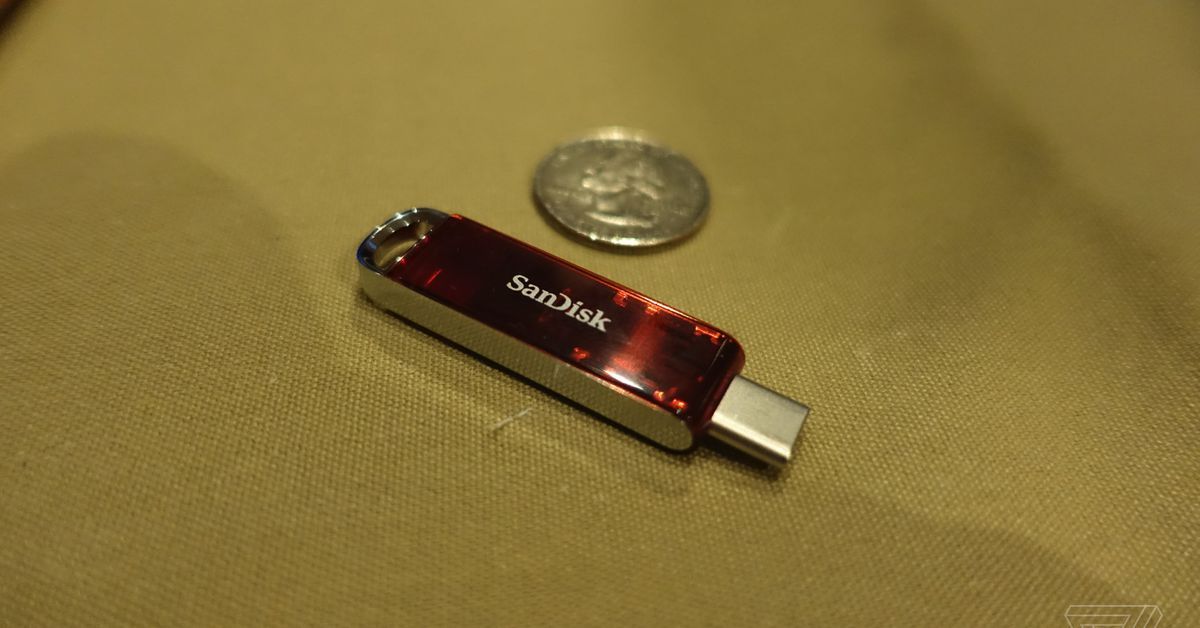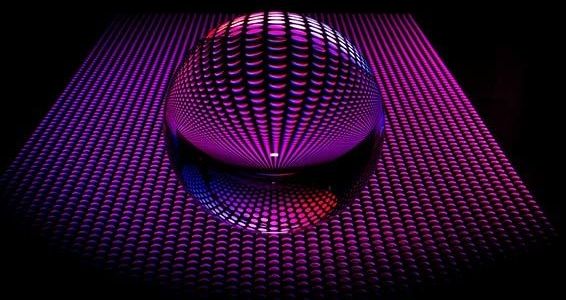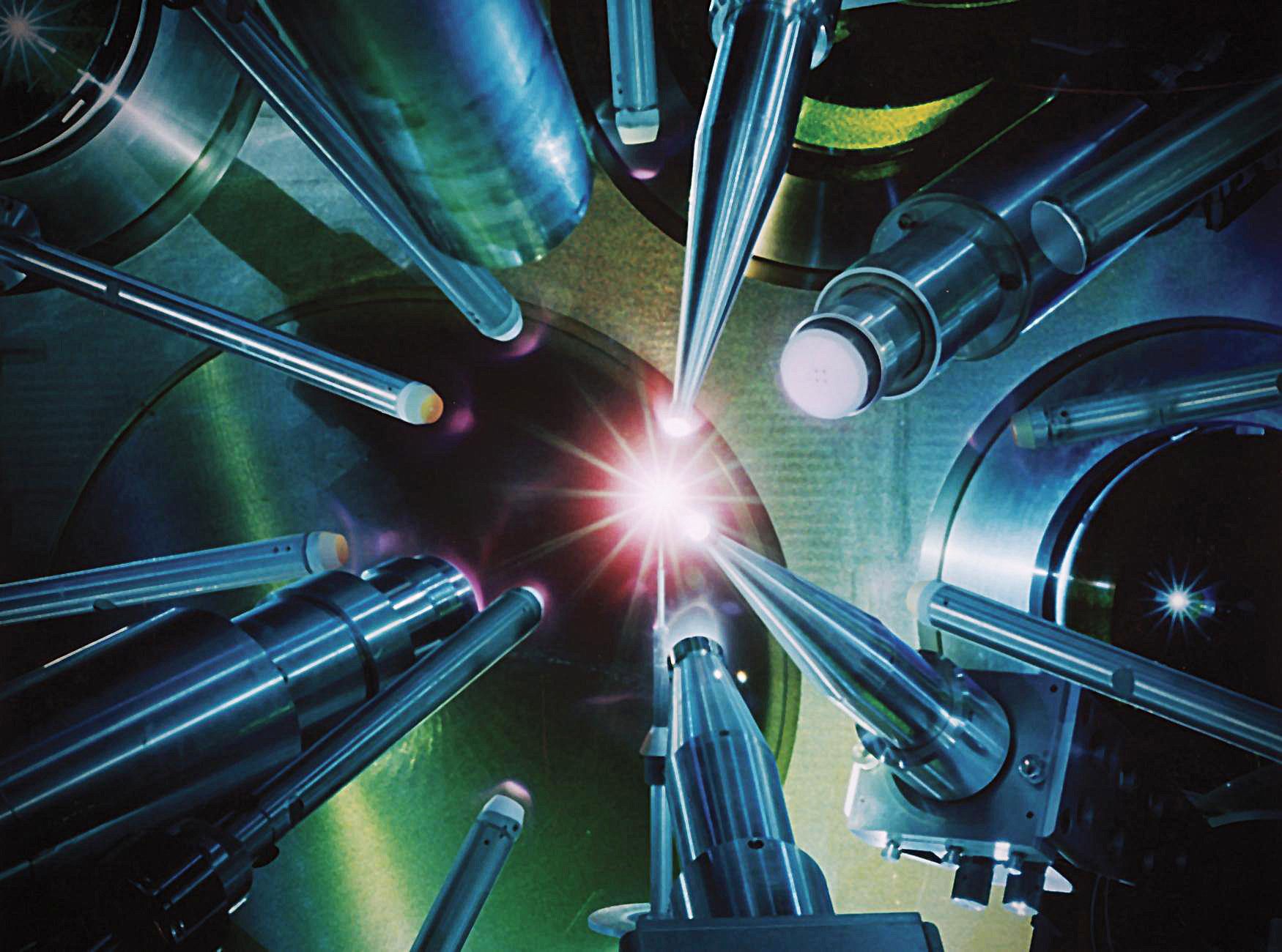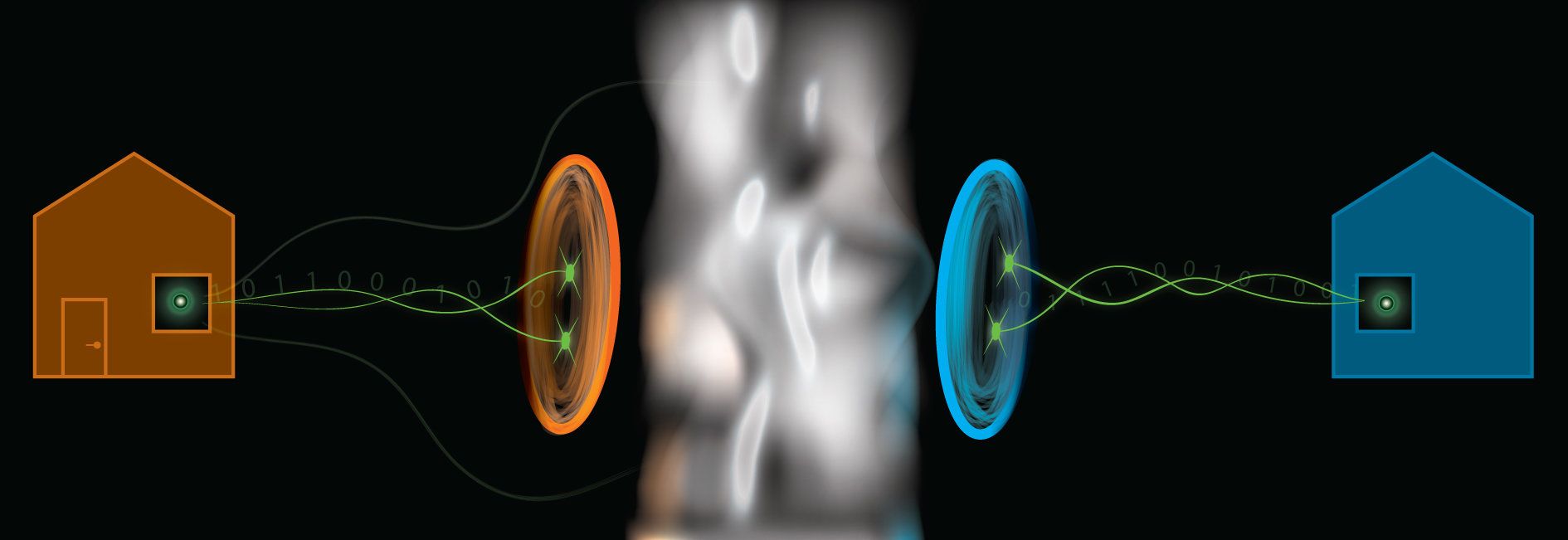Over the past year, Google has demonstrated its desire to step up its hardware game. The company bought HTC’s Pixel team for $1.1 billion, designed its own imaging chip for the Pixel 2 and also hired a key Apple chip designer. Bloomberg reports that in its bid to gain an edge on the competition, Google has quietly snapped up UK startup Redux, a small team focused on delivering sound and touch feedback via mobile displays.
According to filings, Google took control of the startup back in August and then subsequently shut down the company’s website. Previous demonstrations show Redux playing back music via a tablet device, which possesses tiny actuators that vibrate the screen and effectively turn it into a loudspeaker. By eliminating the need for smartphone speakers, Google may be able free up more space for batteries and other important components inside future smartphones.

